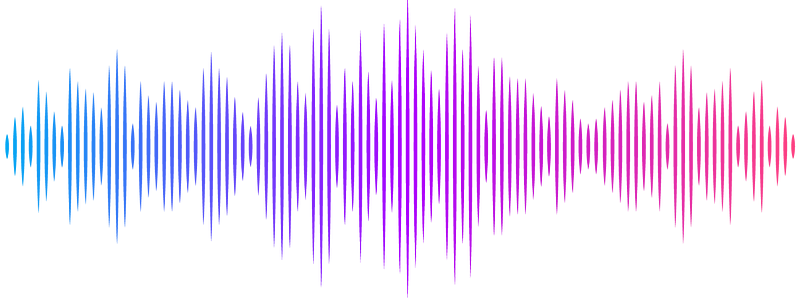Biological validation of fecal corticosterone metabolites as a non-invasive stress assessment in translocated California valley quail (Callipepla californica)

Biological validation of fecal corticosterone metabolites as a non-invasive stress assessment in translocated California valley quail (Callipepla californica)
Currier, S. A.; Whitt, J. G.; Reyna, K. S.
AbstractU.S. quail species are vulnerable to population declines as a result climate change, habitat loss, and habitat fragmentation; all of which can induce physiological stress. Additionally, population restoration techniques (PRTs), like translocations, also induce stress. Traditional stress assessments include capturing and handling birds to extract blood, methods which are inherently stressful and can compound stress analyses. However, the stress hormone corticosterone is metabolized from the blood and excreted in feces as fecal corticosterone metabolites (FCMs). FCMs have been used as a non-invasive measurement of stress in a variety of species, but must be validated for each species. The objective of this study was to biologically validate the use of FCMs as a non-invasive and indirect measurement of stress-hormone levels in California valley quail (Callipepla californica). Reference and treatment quail were acclimated for 3 wks in an outdoor aviary. Subsequently, treatment quail were subjected to a simulated, 48-h translocation, a common and stressful PRT. Fecal samples were collected every 4 h and processed using an enzyme immunoassay. Mean FCM concentrations of treatment quail (41.50 {+/-} 16.13 ng/g) were higher than reference FCM concentrations (24.07 {+/-} 10.4 ng/g). These results validate the use of FCMs as a non-invasive method to assess stress hormone levels in California valley quail, and demonstrate the stressful nature of translocations. This methodology and results can be used to test stress mitigation methods and improve PRTs, while informing future investigations of stress in birds.